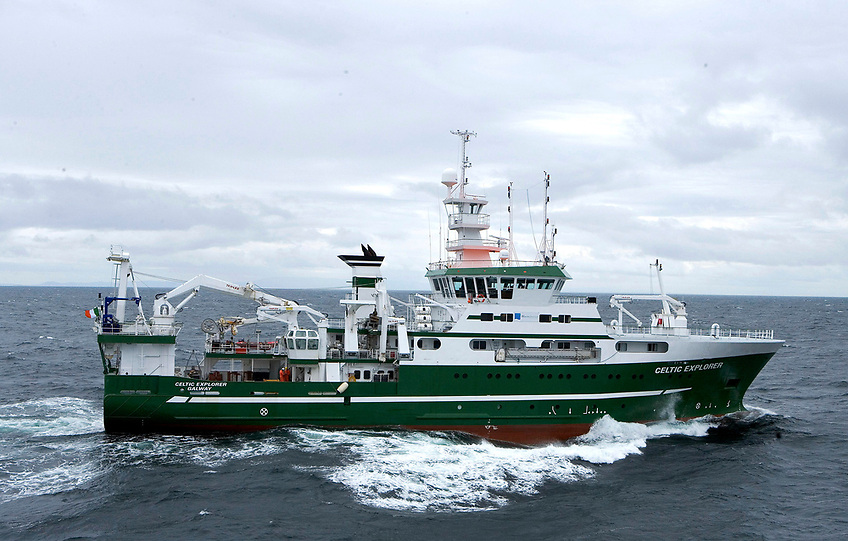The ocean’s biological “carbon pump” has been “drastically underestimated in its ability to capture carbon from the atmosphere, a new study has found writes Lorna Siggins
Scientists with the US Woods Hole Oceanographic Institution (WHOI) have found that the depth of the sunlit area where photosynthesis takes place varies significantly throughout the ocean.
A paper published by WHOI geochemist Ken Buesseler in the journal Proceedings of the National Academy of Sciences explains that this matters because the phytoplankton’s ability to take up carbon depends on the amount of sunlight that’s able to penetrate the ocean’s upper layer.
By taking account of the depth of the “euphotic”, or sunlit zone, and his fellow authors found that about twice as much carbon sinks into the ocean per year than previously estimated.
The paper relies on previous studies of the carbon pump, including his own.
“Is the amount of carbon sinking in the ocean going up or down?"
“If you look at the same data in a new way, you get a very different view of the ocean’s role in processing carbon, hence its role in regulating climate,” Buesseler has said.
“Using the new metrics, we will be able to refine the models to not just tell us how the ocean looks today, but how it will look in the future,” he says.
“Is the amount of carbon sinking in the ocean going up or down? That number affects the climate of the world we live in.”
Buesseler and his co-authors call on their fellow oceanographers to consider their data in context of the actual boundary of the euphotic zone.
“If we’re going to call something a euphotic zone, we need to define that,” he says. “So we’re insisting on a more formal definition so that we can compare sites.”
Rather than taking measurements at fixed depths, the authors used chlorophyll sensors —indicating the presence of phytoplankton— to rapidly assess the depth of the sunlit region. They also suggest using the signature from a naturally-occuring thorium isotope to estimate the rate at which carbon particles are sinking.
Buesseler is a principal investigator with WHOI’s Ocean Twilight Zone project, which focuses on what he calls the “little-understood but vastly important mid-ocean region”.
Buesseler and colleagues have already called on the international marine research community to intensify studies of the twilight zone during the upcoming United Nations Decade of the Ocean (2021-2030).
Increased understanding of the twilight zone ecosystem and its role in regulating climate will lead to global policy to protect the area from exploitation, he and his colleagues state.
Co-authors of the paper include: Phillip Boyd of University of Tasmania, Australia; Erin Black of Dalhousie University, Nova Scotia, and Lamont Doherty Earth Observatory, New York; and David Siegel, University of California, Santa Barbara.
This work was funded by WHOI’s Ocean Twilight Zone project; NASA; the Ocean Frontier Institute at Dalhousie University; and the Australian Research Council.
































































